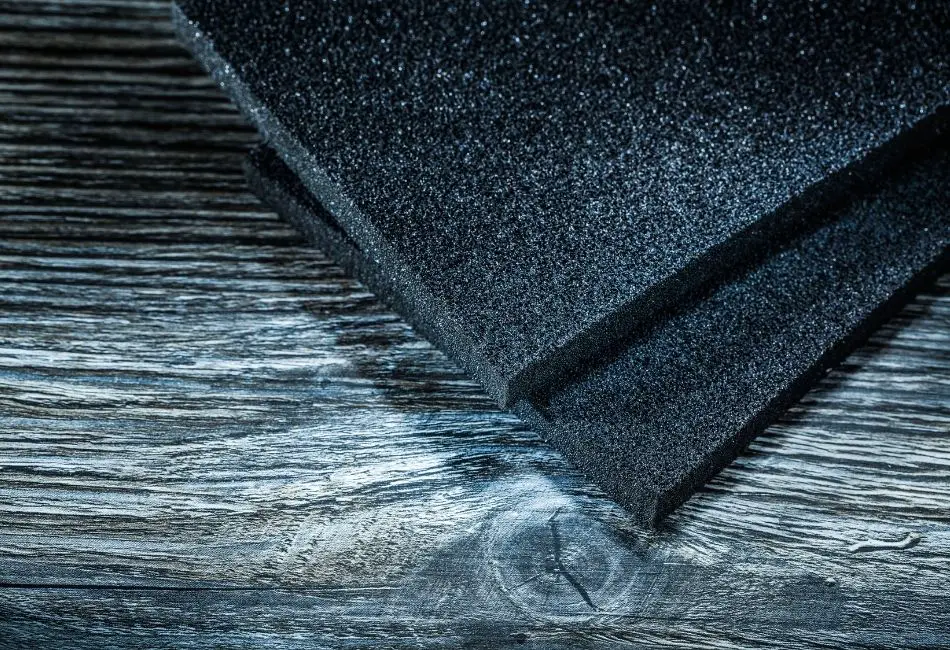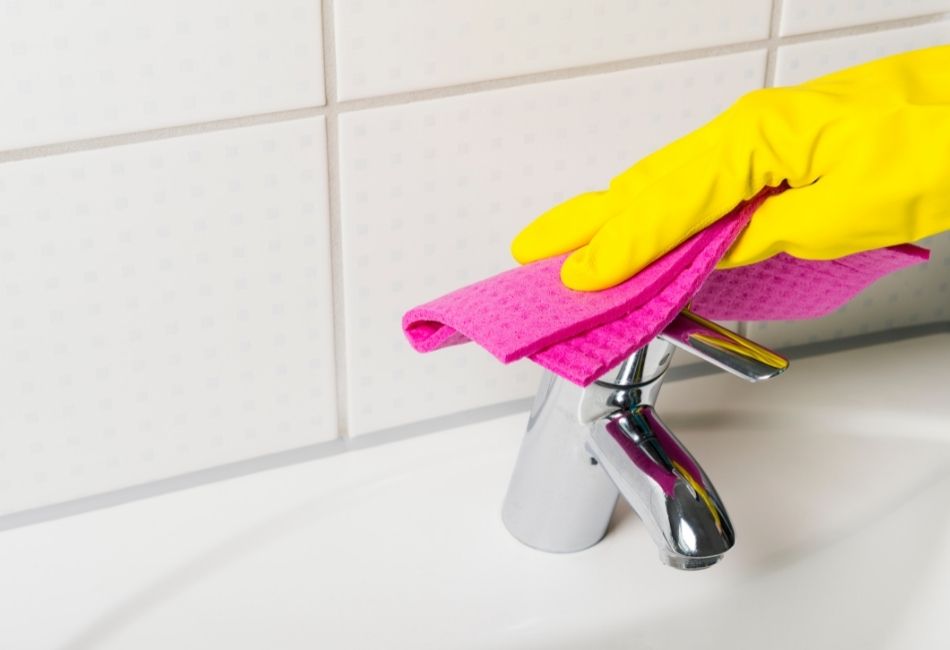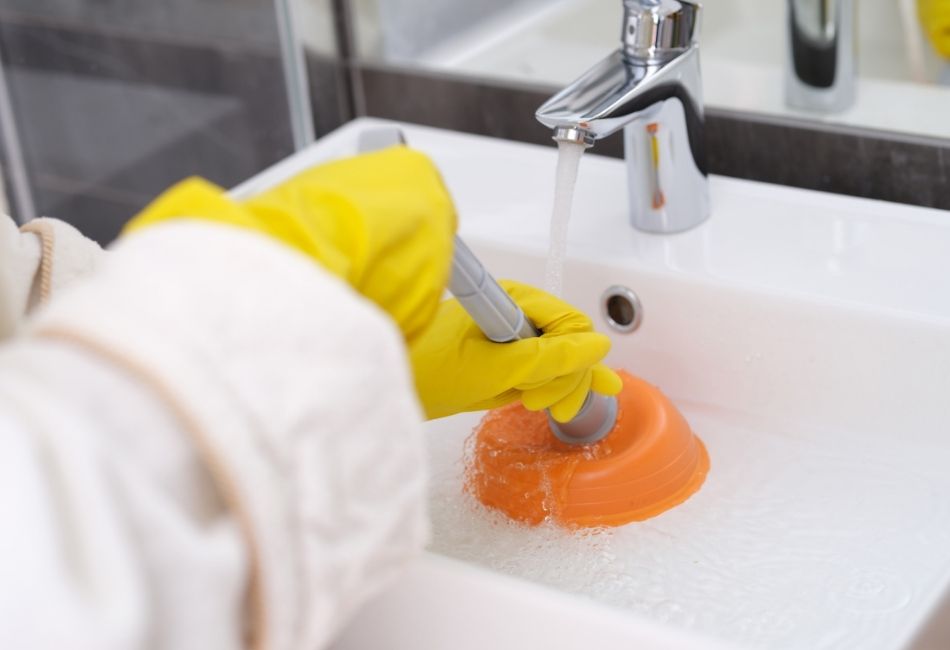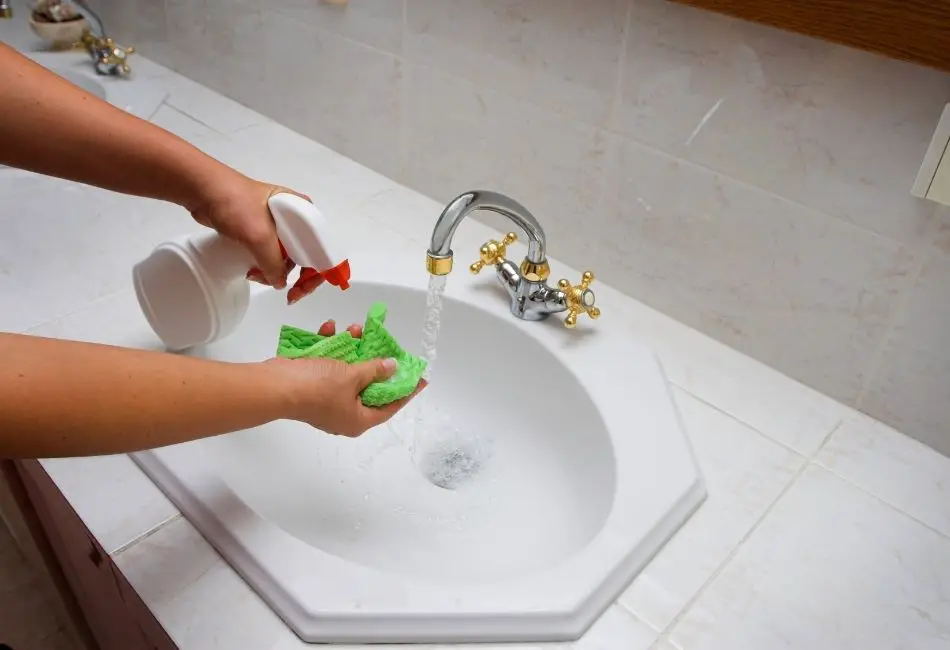The bathroom is the place where you can finally take care of those things that need to be taken care of, like brushing your teeth or shaving. A clean and orderly sink will make this experience better for yourself and others who may use it in the future
Daily usage of your bathroom sink can lead to the accumulation of dirt, dust, and other residues. Whether your bathroom sink is ceramic or porcelain, glass, or any other material, it can develop hard water stains, limescale, and clogs. This makes your bathroom sink unsightly.
It’s important to keep your bathroom sink clean so that it doesn’t become a breeding ground for bacteria and other germs. When cleaning your bathroom sink, it’s important to use the right tools and techniques. However, many people make common mistakes when cleaning this area of their home, which can lead to negative consequences. In this article, we will discuss the nine most common mistakes that people make when cleaning their bathroom sink. We’ll also provide tips on how to avoid these mistakes and get the job done right.
Let’s get right into it!
Mistake 1: Using harsh chemicals
Using the wrong cleaning products or harsh solutions on your bathroom sink can be very detrimental to the durability and appearance of your sink. Some cleaners can damage the finish of your sink and leave it looking dull and lifeless. Abrasive chemicals or products can actually scratch the surface of your sink, making it more susceptible to dirt, dust, and other residues accumulating in the future. Not only will it damage the smoothness of your sink, but it can also cause damage to the walls of the pipe drain.
Stick to using gentle cleaning solutions when cleaning your bathroom sink or use simple homemade solutions in cleaning your sink.
Mistake 2: Using steel brushes or highly abrasive cleaning pads

Using steel brushes to scrub your bathroom sink can be very abrasive and can damage the surface of your sink. In addition, using harsh cleaning pads or scouring pads can also cause surface scratches on your sink ruining the finishing of your sink. These highly abrasive materials should be avoided when cleaning your bathroom sink as they can do more harm than good.
If you need to use a brush to scrub your bathroom sink, opt for a softer brush. This will be much gentler on the surface of your sink and won’t cause any damage.
Mistake 3: Putting too much pressure on the faucet while cleaning

It’s very common for people to exert pressure on the faucet when cleaning their bathroom sink. This can actually damage the faucet and cause it to leaks in the future. Be gentle when cleaning your bathroom sink faucet to avoid any damage to the faucet or sink.
Mistake 4: Using the same chemical to clean the sink and faucet
Cleaning your bathroom sink and faucet with the same chemical can be a huge mistake and a costly one for that matter. Sometimes, the chemicals used to clean your bathroom sink can damage your faucet. This is because different materials require different cleaning solutions.
Be sure to use different chemicals when cleaning your bathroom sink and faucet.
Mistake 5: Not cleaning the drain pipe

One of the most common mistakes people make when cleaning their bathroom sink is not cleaning the drain pipe. Many people focus on the exterior surface of the sink and neglect to clean the drain pipes. This can lead to the accumulation of dirt, dust, hair, and other residues in the drain over time, which can cause unpleasant smells coming from your bathroom sink and a decrease in the efficiency of your sink.
Make sure to clean your drain pipe regularly to avoid these issues. You can use a plunger or a plumber’s snake to remove any clogs that have formed in your drain pipe.
Mistake 6: Improper plunging

One of the first tools to reach out for when you have a blockage in your sink drain is the plunger. Plungers come in different types and you need to use the right type. For example, the sink plunger is designed to fit in the drain of a sink while the toilet plunger is designed to fit in the drain of a toilet.
While plungers may seem simple to use, they actually require a bit of technique to be used effectively. If done incorrectly, it can actually worsen the blockage and make it more difficult to remove.
When plunging, it’s important to use the proper amount of force when plunging and to make sure the plunger is sealed tightly against the drain for effective suction. Take your time and use an up-and-down motion with gentle pressure.
Mistake 7: Poking down into the sink drain
In an attempt to clear a blockage in the bathroom sink, you may be tempted to poke down into the sink drain with a metal hanger or other sharp object. This can actually cause more damage to the blockage and make it difficult to remove.
For instance, using a stick to poke into the drain can break, leaving you with a more serious blockage that will be more difficult to remove. Also, poking down the sink drain can create dents in your pipes, leaving you with expensive plumbing bills.
If you’re having trouble removing a blockage from your bathroom sink, try using a plunger or a plumber’s snake instead of poking at it with a sharp object. It’s also best to call a plumber for assistance. They have the tools and experience necessary to clear the drain without causing any further damage.
Mistake 8: Not cleaning the sink frequently enough
Brushing your teeth, washing your hair, and shaving are all daily activities that take place in your bathroom sink. This together with the moist environment in your sink make it a perfect place for bacteria and mold to grow. The sink will also develop stains along the way.
If you don’t clean your bathroom sink often enough, it will become dirty and stained very quickly. It’s important to clean your sink at least once a week in order to keep it looking its best. This can be done by using a mild detergent and hot water. Be sure to rinse the sink thoroughly after cleaning to remove all of the soap residues.
Mistake 9: Not cleaning the sink properly
Another common mistake that people make when cleaning their bathroom sink is not taking the time to clean it properly. This includes scrubbing all of the surfaces of the sink and removing any built-up dirt, dust, or residues.
One major part of the bathroom sink that is often overlooked is the bathroom sink overflow drain. It is important to clean this area regularly as well because it can become clogged with dirt and grime over time. Use a sink cleaning brush, an enzyme cleaner, or baking soda and white vinegar to clean the sink overflow drain hole to remove any buildup. Pay special attention to areas where there is visible dirt or grime. Rinse the sink thoroughly after cleaning to remove all of the soap residues. If you don’t take the time to do this, your bathroom sink will never truly be clean.
In conclusion, cleaning your bathroom sink isn’t a difficult thing to do. But sometimes, we make mistakes that cause minor and major issues to bathroom sinks. Avoid these mistakes and your bathroom sink will always be as good as new.

